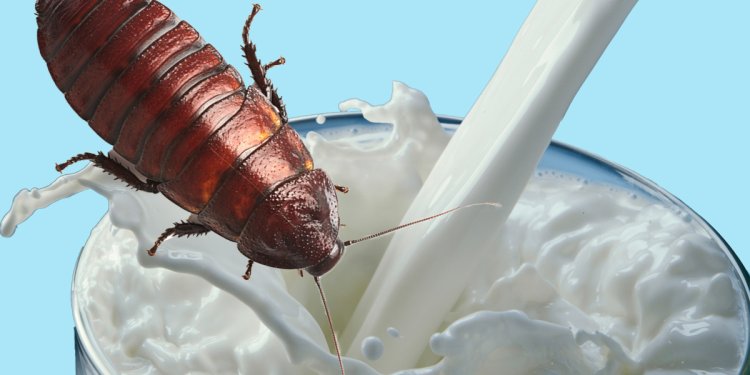A group of worldwide scientists has found a very nutritious food to feed the next generation, if cow’s milk run out.
But an worldwide team of scientists thinks cockroaches, or more specifically, cockroach “milk”, could be a key strategy to combat global hunger.
The researchers being led by Institute of Stem Cell Biology and Regenerative Medicine, India, have sequences the genes responsible for producing milk protein crystals so as to find out a way to replicate them in lab.
Following on from a decades worth of research, an global team of scientists have made the discovery that cockroach milk may be the drink of the future.
Researcher Sanchari Banerjee likened the crystals to “a complete food” in terms of nutrition.
If successful in its replication, it would avoid unnecessary extraction from the cockroaches itself, which is assumingly a better option. “If you look into the protein sequences, they have all the essential amino acids”. These provide calories and nutritional food. It is found to be four time nutritious as compared to cow’s milk.
Professor S.Ramaswamy explained: “It’s time-released food – if you need food that is calorifically high, that is time released, and… complete, this is it”.
But in certain areas or for people who struggle to get the right amount of calories per day, this could be the quickest and easiest way to get calories and nutrients.
Okay, deep breaths. It turns out the Pacific beetle cockroach (Diploptera punctata)-a small, coffee bean-looking species-is actually viviparous, meaning it delivers offspring that are fully-formed and live, instead of incubated within eggs.
“They’re very stable. They can be a fantastic protein supplement”, said Ramaswamy.
According to a story published on the topic by CNET News, “An worldwide group of researchers discovered that milk-like protein crystals produced by Diploptera punctata cockroaches are an excellent source of calories and nutrition”. Emphasizing that the crystals produce more protein throughout digestion, like a “time-release” pill might, doesn’t seem like a worthy excuse for finding new ways to further our opportunities for exploitation.




